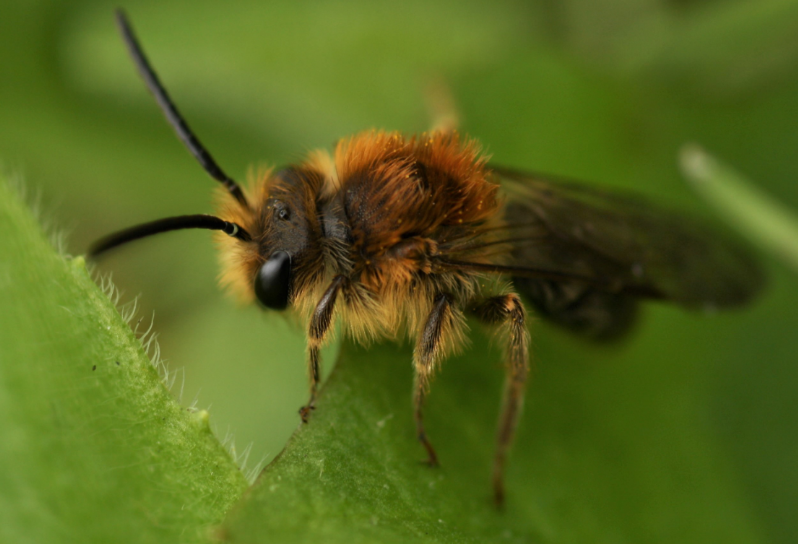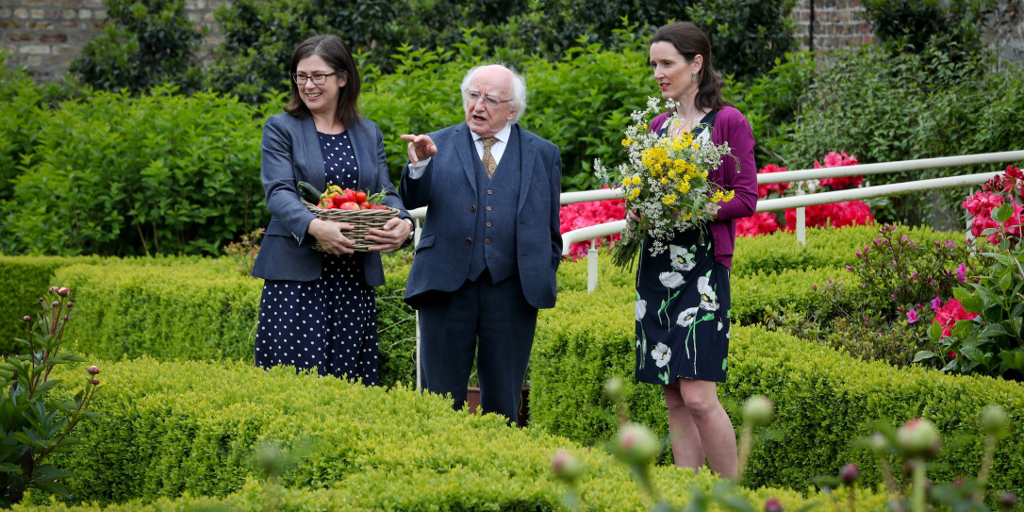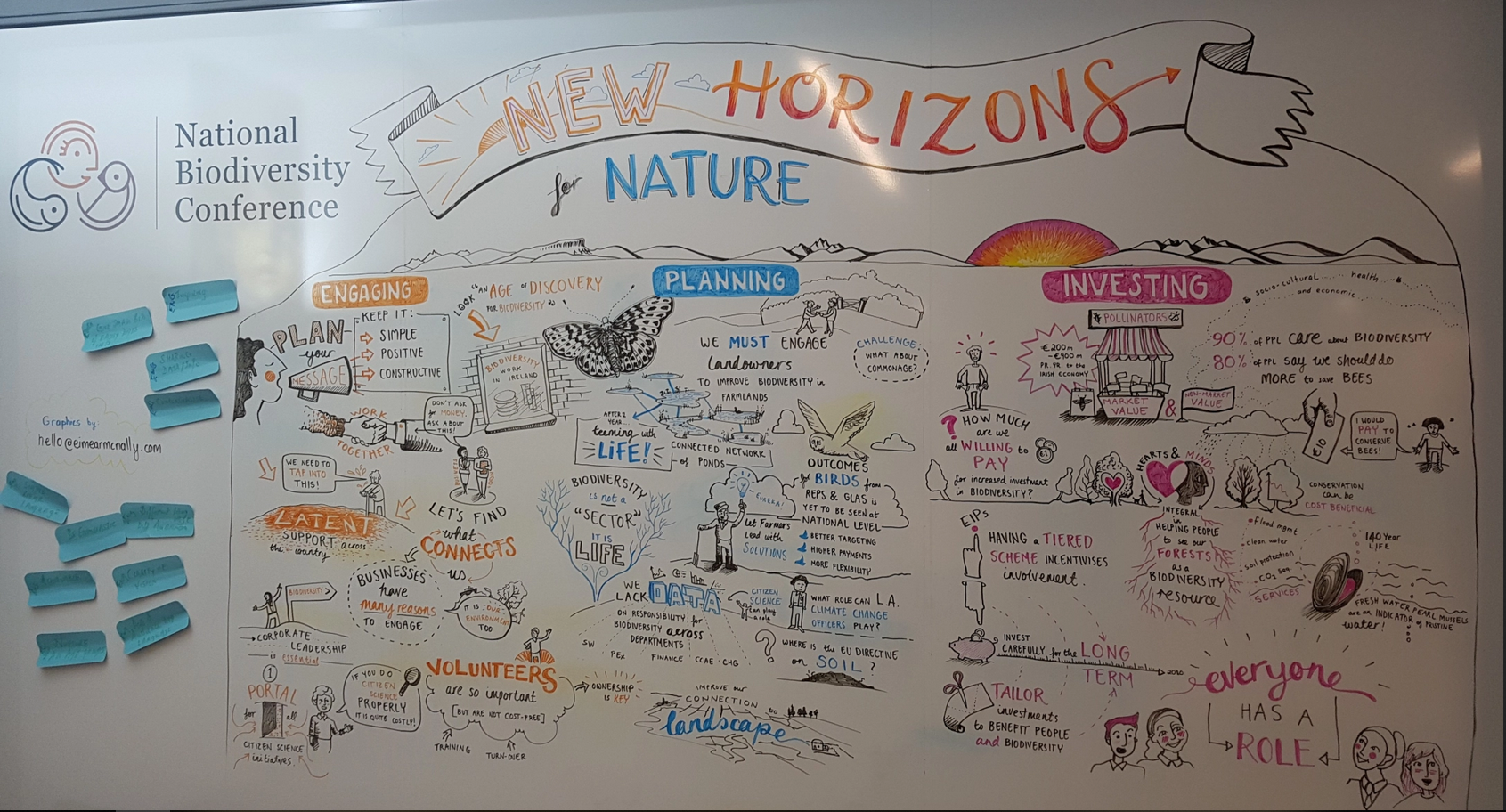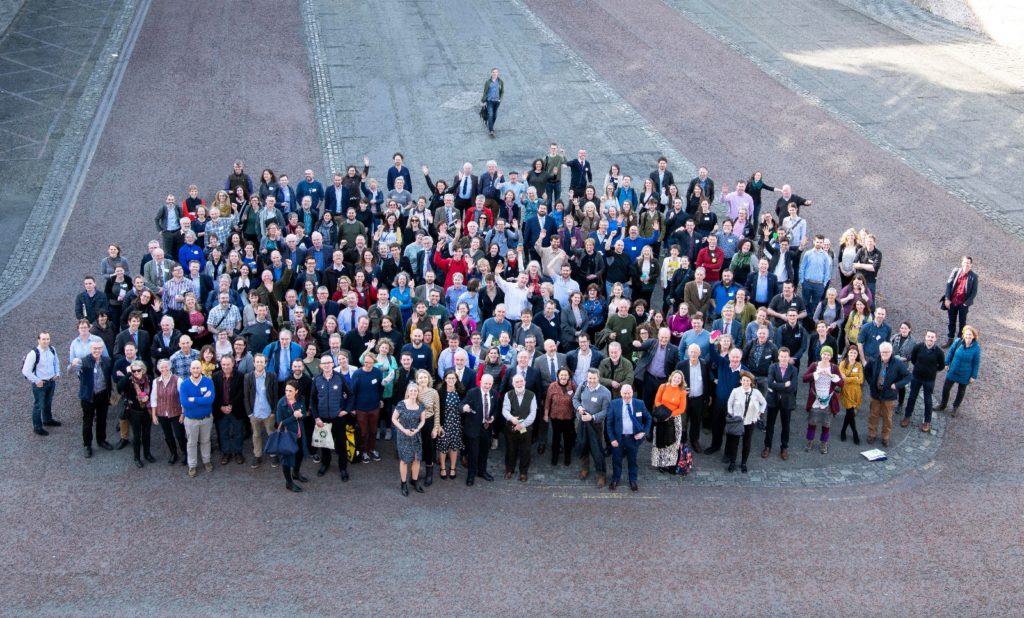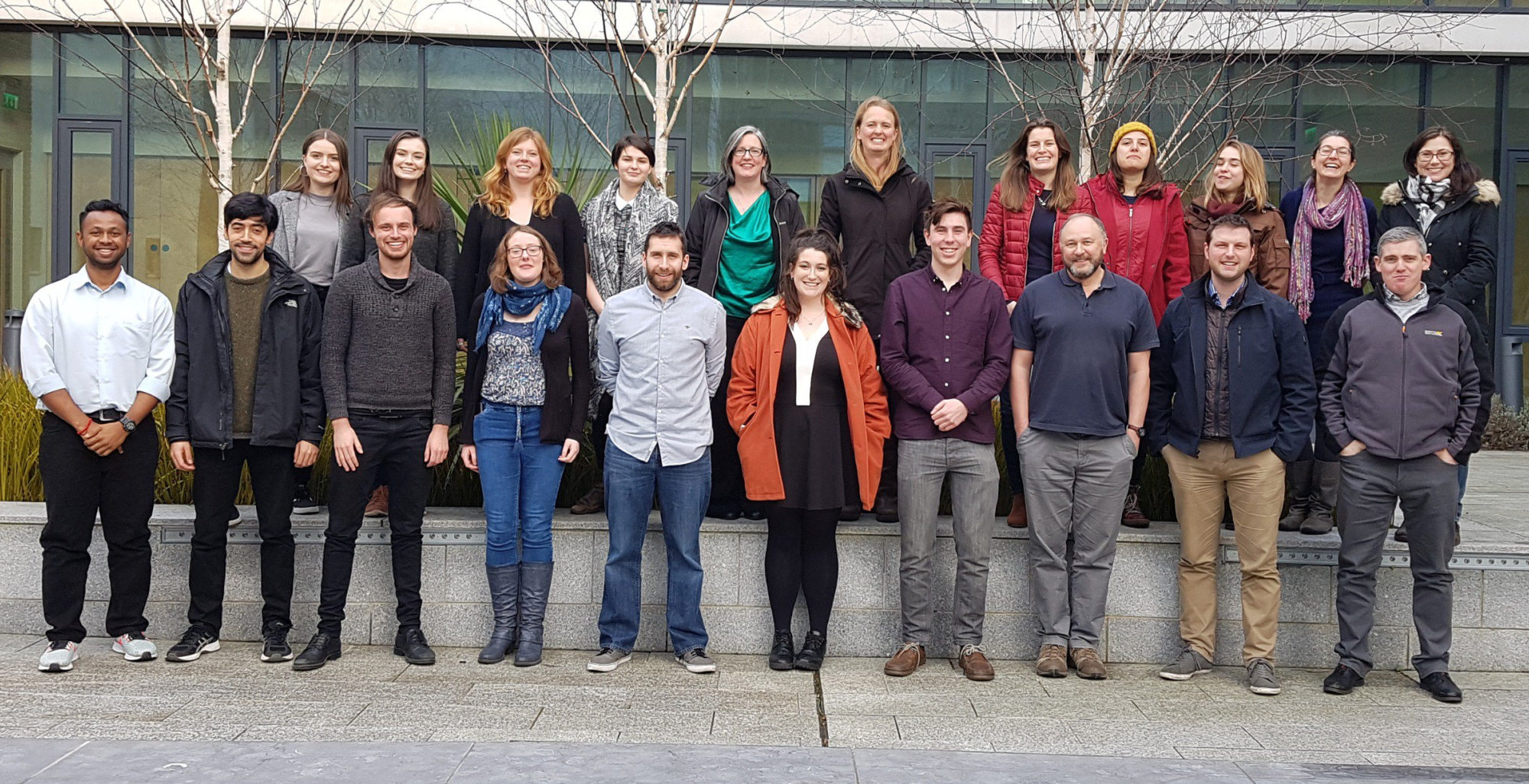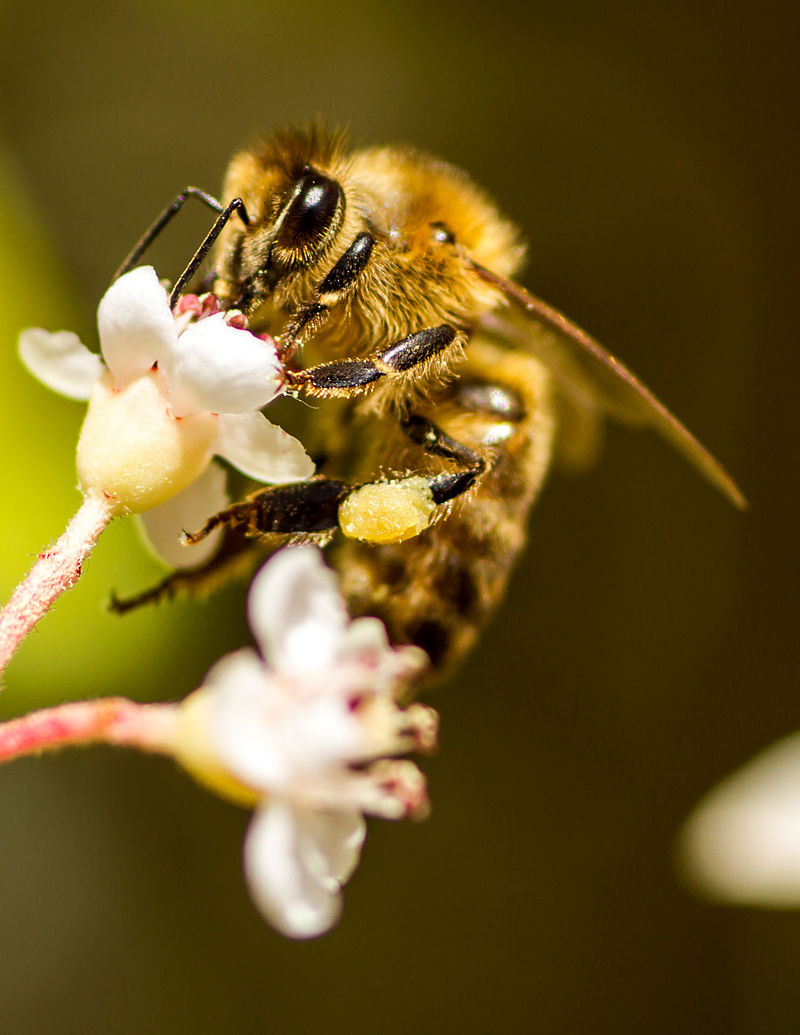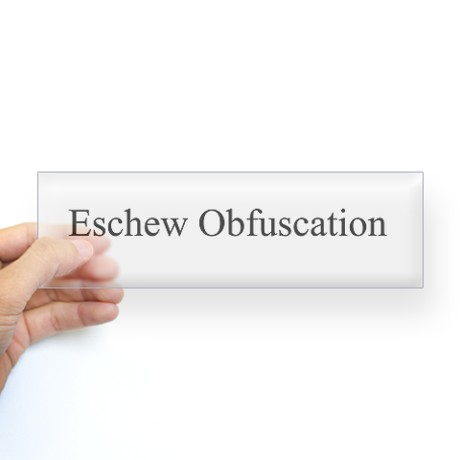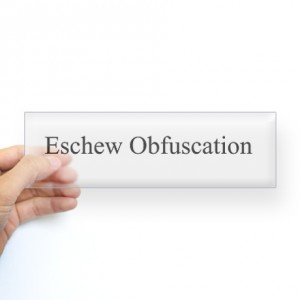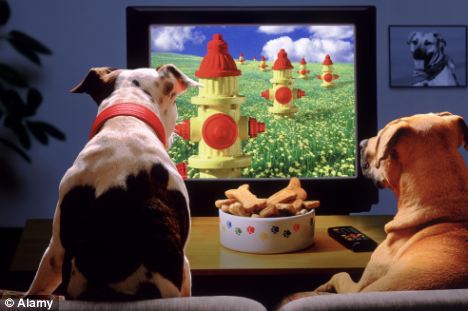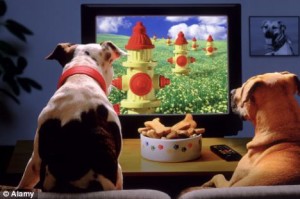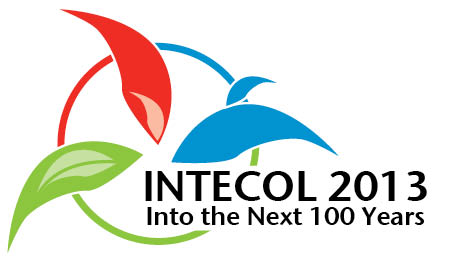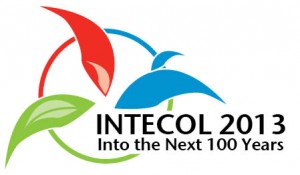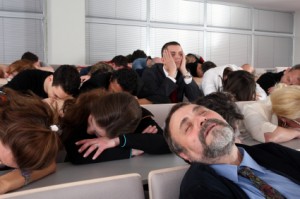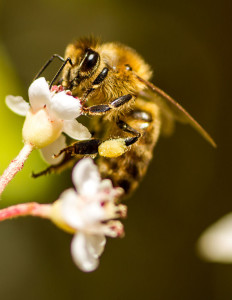
“We’re getting mixed messages from scientists about the effects of neonicotinoids on bees” – I have heard this from several sources, including a very senior civil servant in the UK and from an intensive tillage farmer in Ireland. A recent article in the US media says pretty much the same thing. An article in the Guardian last week entitled “UK drew wrong conclusion from its neonicotinoids study, scientist says”, reports on Dave Goulson’s reanalysis of the Food & Environment Research Agency (FERA)’s own data, but draws the opposite conclusion.
So why is there confusion on bee decline and the role of neonicotinoids? I believe it’s down to several factors:
1. “Bees” are a diverse taxonomic group of insects, including the well-known eusocial honeybee Apis mellifera, the familiar bumblebees in the genus Bombus, plus hundreds of other species of bee, which have quite different life histories and ecologies, most of which do not form social colonies. When talking about bees, we need to be clear about which ones we are discussing. If everyone is clear about which taxonomic group they are talking about, this could cut down considerably on the confusion. (By the way, the Guardian used a picture of honeybees as the image accompanying their article on bumblebees).
2. Honeybees are managed by beekeepers. If a colony dies out (especially over winter in temperate countries), it is replaced by splitting a strong colony in spring. If the colony is sick, it is treated. When we talk about honeybee decline, we are either referring to colony losses (i.e. colonies dying out, which can be caused by a range of factors, especially parasites and diseases, and is highly spatio-temporally variable); OR we are referring to the fact that there are fewer beekeepers out there, or that each one is keeping fewer colonies. The point is, when colonies die out, beekeepers can restock and the total number of honeybee colonies depends on the activity of beekeepers. This is why there appears to be no decline in honeybees in the US. This is not the case for wild bees.
3. Eusocial bees, by the very nature of their colonial societies, are to some extent buffered against environmental stochasticity and pressures. If a few hundred honeybees are killed whilst out of the hive foraging during the summer, it may have little impact on the colony, because there are 50,000 or more honeybees left in the hive. This may be a reason why lab-based findings cannot always be scaled up when replicated at field level. Measuring effects at the colony-level is also another problem. A range of different experimental approaches has led to mixed conclusions on the effects of neonicotinoids on honeybees.
4. A huge number of independent peer-reviewed studies have shown negative lethal and sub-lethal effects of neonicotinoids on wild bees and other non-target organisms (e.g. see review by Pisa et al. 2015), in laboratory, and semi-field studies. Realistic field-level studies on the other hand are challenging methodologically: some bees have large foraging ranges and so studies must be conducted over large areas; pesticide free “control” sites are very hard to find; and wild bees are subject to a range of interacting pressures (loss of forage resources, parasites and disease, cocktails of pesticides, use of managed bees for pollination purposes, climate change…), and disentangling the effects of these pressures in a field experiment is hard. However, those few studies that have been conducted properly appear to support the lab and semi-field findings.
5. The media band-wagon… When the media polarise environmental issues, it’s very hard for people to make an informed decision – instead of crediting the general public with the intelligence to understand that the environment is highly variable in both space and time, and that ecological systems and interactions within them are highly complex, issues are presented as cut-and-dried in one direction or another. Thus the confusion is maintained, so that the next big news story, that contradicts the previous one, can have a bigger impact.
There shouldn’t be any confusion – neonicotinoids have sufficient negative impacts on non-target organisms for us to be concerned about their widespread and often prophylactic use (e.g. as seed dressings). We should also worry about the wider environmental impacts of pesticides like neonicotinoids – how persistent they are, how they get into the soil and water-courses and affect other organisms that provide essential ecosystem services. And we shouldn’t just be concerned about neonicotinoids – the massive cocktail of chemicals we intentionally and accidentally unleash on the natural environment could have long-term and very damaging effects to our natural capital. Including bees.
Author: Jane Stout, stoutj[at]tcd.ie
Photo credit: wikimedia commons

